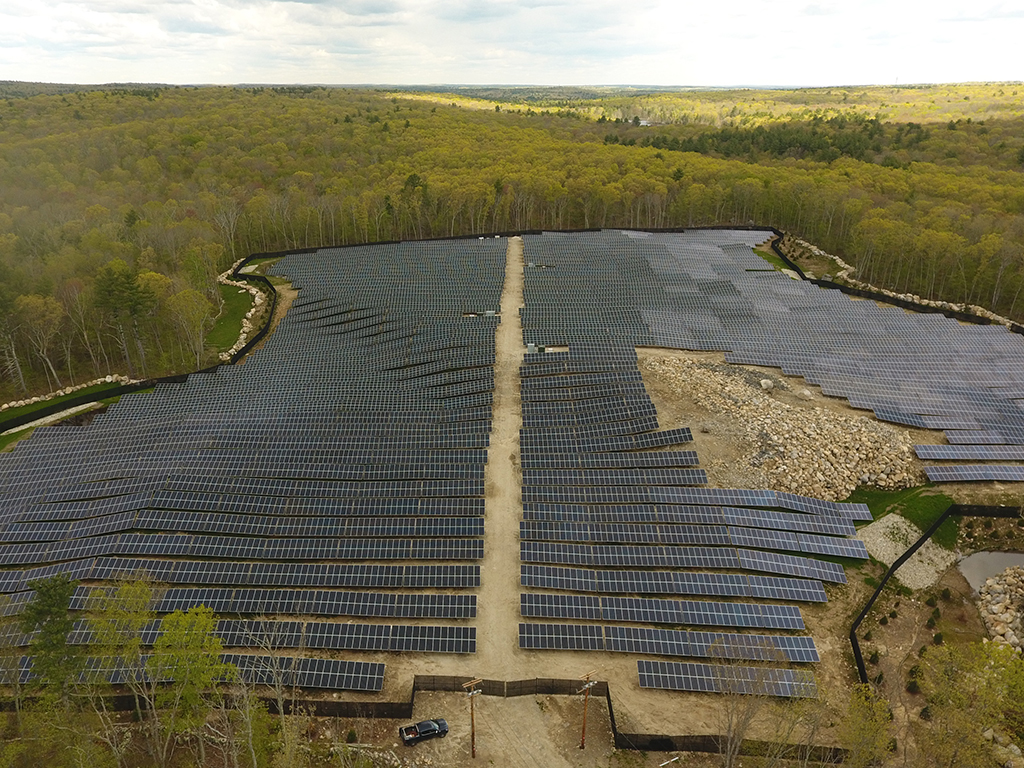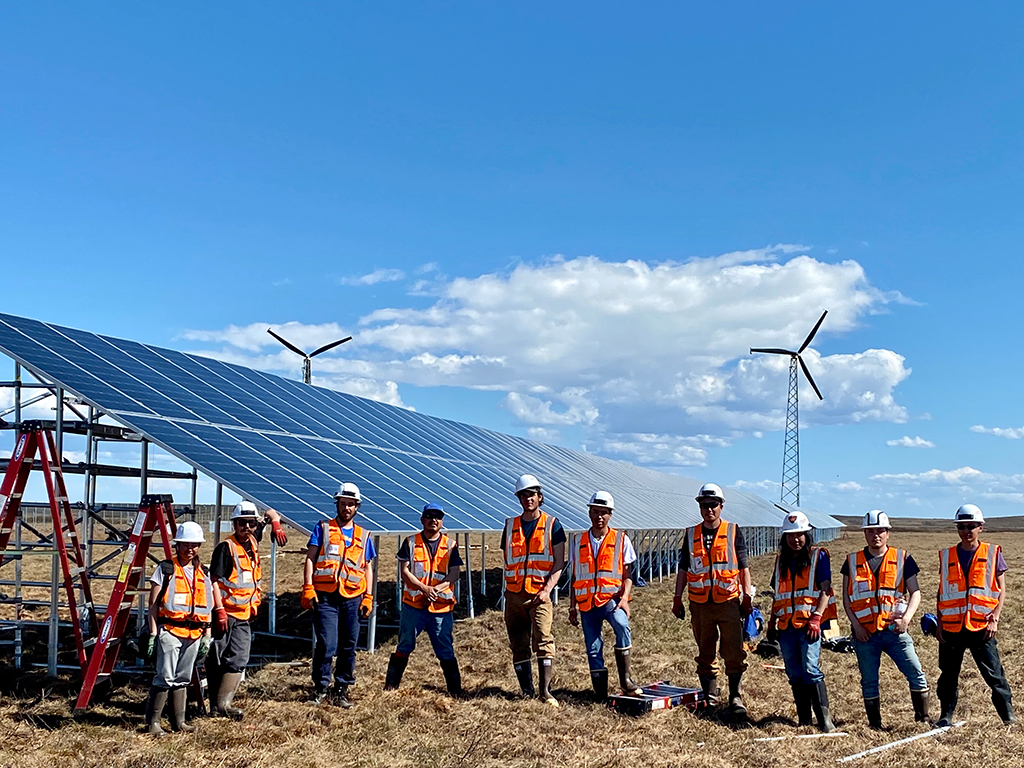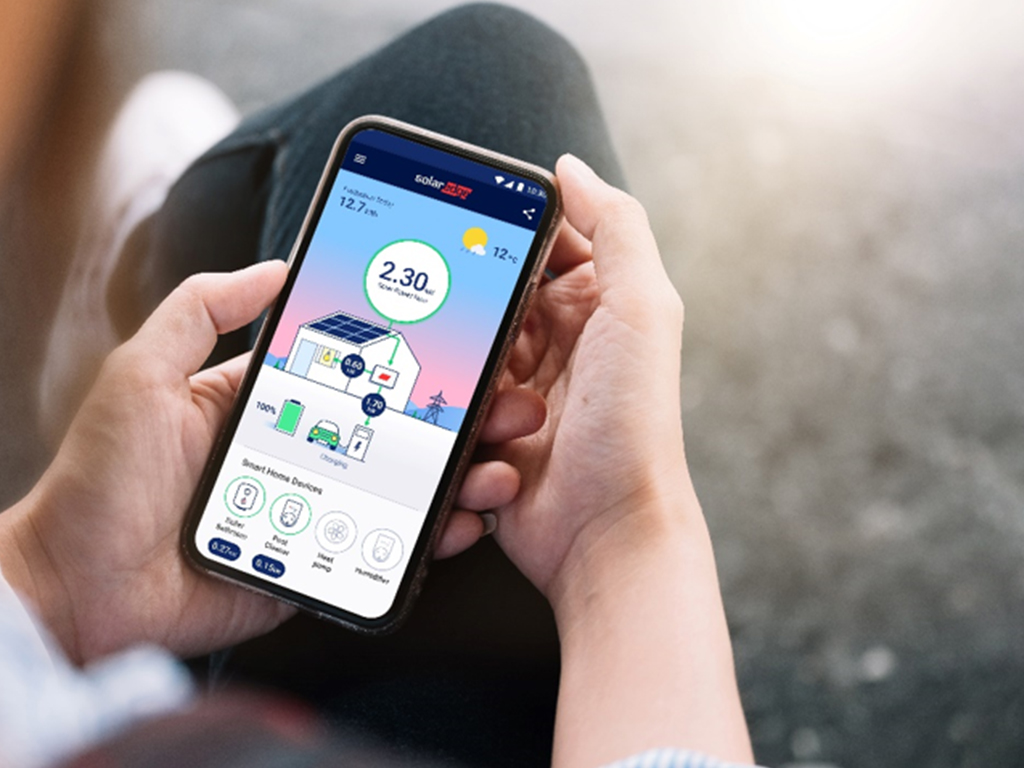Renewable Energy Trends to Watch in Solar – Part 1
Nitsana Bellehsen
|
February 09, 2023
We’ve come a long way since ancient Greek homes were kept toasty using passive solar heating and since the Romans warmed their bathhouse water from the sun. New customer needs, innovative new products, and exciting new inventions are being put to use to harvest energy from the world’s most powerful energy source. So, as this year gets underway, let’s look at some of the exciting renewable energy trends that we can look forward to seeing more of in 2023.
1. The Rise of the Prosumer – and Energy Management
“Prosumers”, as envisaged by Alvin Toffler in his 1980 book The Third Wave, are consumers who take an active part in the process of production. Indeed, homeowners and business owners with a PV installation, are active prosumers – who produce some or all of their own electricity and even sell it back to the grid. With the growing popularity of PV as a renewable energy source, coupled with the increased cost of electricity, this growing group of prosumers require additional tools in order to maximize the options available to them.
As PV adoption grows, optimizing its use becomes even more critical. The prosumer has many decisions to make on a daily, hourly or even minute-by-minute basis: should I store my PV for later or use it now? When is it most efficient to run the washer/dryer– or for a factory owner, how can I take best advantage of my on-site solar production to power my manufacturing line? Should I charge my electric car with solar power? When?
Enter stage left, energy management. PV is designed to provide its owner with financial benefits, as well as sustainable alternatives. But system owners have more pressing things to do with their time than program and monitor their home energy around the clock. These operational decisions should be able to be made automatically with minimum attention required from the PV system owner in order to optimally take advantage of their PV production.
Fortunately, SolarEdge has built smart energy management into SolarEdge Home, the SolarEdge residential solution. As an integral part of our smart energy ecosystem, smart energy management is easy to deploy. Homeowners utilize load controllers to manage essential loads (specific appliances that need to remain powered on), select their preferences, while the SolarEdge Home Operating System orchestrates the home’s energy automatically. Homeowners monitor performance through the mySolarEdge app and can make changes if required. SolarEdge makes becoming a prosumer particularly lucrative for users.
2. Community and Multi-dwelling PV Installations
Community solar is an exciting renewable energy trend that is growing in popularity and in applications. According to the U.S. Department of Energy, community solar is defined as “any solar project or purchasing program, within a geographic area, in which the benefits of a solar project flow to multiple customers such as individuals, businesses, nonprofits, and other groups.” These types of projects provide solar energy access to individuals or businesses that could not otherwise harvest their own solar energy. The beauty of these installations is that they accelerate solar energy adoption and decarbonization in a region, while democratizing the process, making solar energy accessible to everyone.
Here are some interesting community solar stories:
Puerto Rico – An ambitious community solar project that is also exciting because of the significant quality of life improvement it offers. Puerto Ricans have been subjected to deadly hurricanes which have repeatedly knocked out their access to electricity, especially when they needed it most. Even in the best of weather conditions, their power grid is frequently thwarted by repeated outages which leave residents without electricity. In response, many Puerto Ricans have been installing solar solutions. And now, 7,000 of those installations will be connected to form the US territory’s first virtual solar virtual power plant (VPP). This will provide power and stability to Puerto Ricans who aren’t able to install their own PV. Working together with utility companies, the aim is to reduce reliance on the fossil fuel operated “peaker” plants that are accessed when there is high demand – and enable more residents on the island to benefit from solar.
Africa – Many areas in Africa did not have access to energy at all prior to the availability of solar. A number of initiatives led by partner organizations that include the World Bank, SNV Not for Profit and others have created mini-grids in areas not previously connected to solar, with pay-as-you-go and other plans to ensure accessibility for impoverished residents. To date, more than 32 million Africans have access to basic electricity because of projects of this type. This is only a drop in the ocean of the more than 600 million who still are waiting for that access, so there is more work to do.
Around the globe
Community solar doesn’t only assist in areas of need. The US alone boasts 1600 different community solar projects. 41 US states plus D.C., have at least one community solar project installed, all together, producing 5.3 gigawatts as of Q3 2022. Europe is home to an estimated 10,000 community solar projects. In Germany alone, 900 energy co-ops sell solar to homes and businesses. And this is only the beginning of a trend that is rising, with solutions for individual multi-resident dwellings becoming mainstream.
SolarEdge community solar
A recent SolarEdge community solar site in the US is the Hartford Pike Project, led by Sunlight General Capital. The project is situated on a 12-acre site in Foster, Rhode Island, on undulating ground that also experiences shading from nearby trees. This is a typical scenario in many of the locations available for community solar, and fortunately, it is not a hindrance with SolarEdge technology. SolarEdge Power Optimizers attach directly to solar modules and enable each module in the string to perform independently at its maximum power point. Underperformance due to shading, for example, will not impact the other modules on the same string, ensuring maximized energy production of the entire system.
This technology also afforded Sunlight General Capital precise module level monitoring. As James Pochez, Head of Product Development explains, “To optimize energy production…we needed to be able to monitor all 15,800 solar modules in real-time and ensure we can pinpoint any issues quickly and efficiently. As the owner/operator of this project, the decision on what to build will impact our business for the next 25-years plus. It is in our best interests to choose the best quality solution available.”
In its first nine months of operation, the Rhode Island project generated 5.81 GWh of solar energy, of which 3.35 GWh was made available to local residents and businesses through the community solar initiative.
3. Hybrid Hydro and Solar
Water and sun. Could it be a marriage made in heaven? Both hydro and solar are renewable energy technologies that help countries around the world reduce their dependence on fossil fuels. Yet the use of each alone includes certain drawbacks. A study undertaken by the European Joint Research Center estimates that covering just 1% of Africa’s hydroelectric reservoirs with solar panels could double their capacity to 58 gigawatts and increase overall generating capacity by up to a quarter. Hydroelectric plants currently generate 90% of the electricity used in several African nations and are significant to the power grid in the US and elsewhere. However, severe drought experienced in many of these same regions, coupled with natural evaporation, is threatening the viability of many of these plants.
Due to drought, a hydropower dam in California was shut for several months, and other huge dams reduced production. In one year alone, 2016 to be exact, 42 billion m³ of the hydropower industry’s water evaporated. In tropical locations, up to two meters of water can evaporate from the surface of hydroelectric plants each year – sometimes up to half of the water they capture.
Placing solar panels over hydroelectric plants is a viable solution to reduce evaporation, as proven by researchers at the University of California Merced, studying the effects of covering a 4,000-mile water canal with solar panels. They learned that such an installation could save 65 billion gallons of water annually. This renewable energy trend could have huge potential.
Adding floating solar panels at these sites is simple, as hydropower plants are already connected to the grid. The synergy of the two technologies makes for a much more stable environment. Solar can compensate for hydropower during dry periods and the two can balance each other out, depending upon the time of day and surges in electricity use. Floating PV provides a higher energy yield because the water is cooler than the earth. Installing panels can also assist with reducing algae growth where it is not welcome.
More renewable energy trends to come…
In a future blog we’ll talk about some other renewable energy trends – like new EV applications, job opportunities around the globe, where solar panels go when they die, and other ways PV is working together with other industries for amazing, complementary results…
Stay tuned!
Read more








Add new comment
Comments